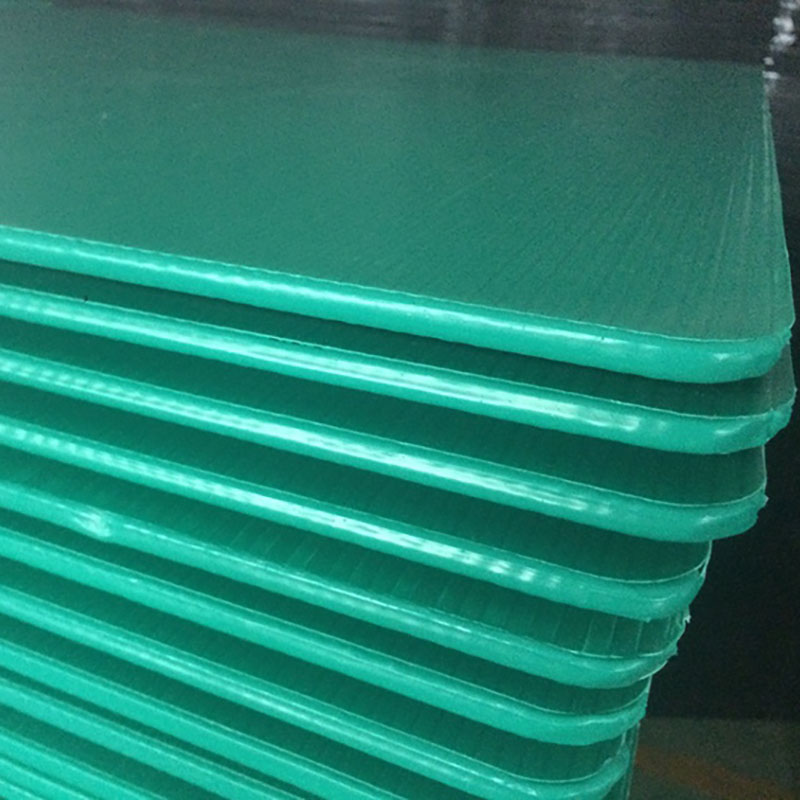Hollow Board – A Versatile Solution for Lightweight and Durable Construction
2025-06-12
In modern construction and design, materials that offer strength without excessive weight are highly sought after. One such innovative material is the hollow board, a product that combines durability, versatility, and lightweight properties to meet the demands of various applications.

What Is a Hollow Board?
A hollow board, also known as hollow core board or honeycomb board, is a flat panel with a hollow interior structure. This design reduces weight while maintaining strength and rigidity. Hollow boards are commonly made from materials like plastic, aluminum, or composite materials, depending on the intended use.
Key Features of Hollow Boards
Lightweight: The hollow structure dramatically cuts down the weight compared to solid boards, making them easier to handle and install.
Strong and Durable: Despite being lightweight, hollow boards provide excellent structural strength and resistance to impact.
Insulating Properties: The air pockets inside can offer thermal and sound insulation benefits.
Moisture Resistance: Many hollow boards are resistant to moisture, making them suitable for outdoor and humid environments.
Eco-Friendly: Some hollow boards are made using recyclable materials and contribute to sustainable building practices.
Common Applications
Interior Walls and Partitions: Hollow boards are ideal for creating lightweight, sturdy room dividers or office cubicles.
Furniture Manufacturing: Used in cabinet doors, shelves, and panels where reduced weight improves functionality.
Signage and Displays: Lightweight and easy to transport, hollow boards are popular in advertising boards and exhibition stands.
Construction: Used in cladding, ceilings, and false floors to save weight without compromising on performance.
Packaging: Sometimes used for protective packaging due to their cushioning and lightweight nature.
Advantages Over Solid Boards
Easier installation due to lighter weight.
Reduced transportation costs.
Enhanced thermal and acoustic insulation.
Often more cost-effective depending on material choice.
Considerations When Choosing Hollow Boards
Material Type: Plastic hollow boards offer moisture resistance, while aluminum boards provide superior durability.
Thickness and Density: Must be selected based on load-bearing requirements.
Surface Finish: Options include smooth, textured, or laminated surfaces for different aesthetic needs.
Environmental Exposure: Consider UV resistance and weatherproofing for outdoor use.
Maintenance Tips
Hollow boards generally require minimal maintenance. Regular cleaning with mild detergents and avoiding sharp impacts will help maintain their appearance and functionality.
Conclusion
Hollow boards offer an excellent balance of strength, lightweight convenience, and versatility, making them a go-to choice in construction, furniture, and signage industries. Whether you’re a builder, designer, or manufacturer, incorporating hollow board solutions can enhance efficiency and reduce costs without sacrificing quality.


